Have you ever felt the urge to walk on frozen water? How exciting would that be! If you're looking for a place to make this dream come true in your Ladakh tour packages , Zanskar Valley will freeze right into your itinerary!
Nestled in the cold embrace of Ladakh, Zanskar’s elevation is no joke—ranging from 3,500 to 7,000 meters above sea level. Hidden from the world until 1994, this “virgin valley” opened to tourists in 1995 and quickly became one of the coolest (literally) places to visit. It’s especially famous for the Frozen Zanskar River Chadar Trek, where you can actually walk on a river of ice!
If you're looking to spice things up even more, why not add some adventure to your itinerary with Leh Ladakh bike trip packages? That’s the best way to explore every beautiful corner of Zanskar Valley!
Best Time to Visit Zanskar Valley
The best time to visit Zanskar Valley is from June to September, when the weather is pleasant and roads are open. During these months, you can enjoy clear skies, moderate temperatures, and breathtaking views of the valley's rugged terrain.
However, October to May is the off-season, as the region experiences heavy snowfall, making it inaccessible for most travelers. If you're looking to experience the winter wonderland and a peaceful, less crowded atmosphere, visiting in January or February for the Zanskar Frozen River Trek (Chadar Trek) could be a unique adventure! But remember, the cold can be extreme, so come prepared.
top-rated zanskar valley tour packages:
How to Reach Zanskar Valley Ladakh
Reaching Zanskar Valley requires a bit of effort due to its remote location, but it’s totally worth it for the stunning views and tranquility. Here’s how to get there:
1. By Air:
The nearest airport is Leh Airport (Leh Kushok Bakula Rimpochee Airport), around 250 kilometers from Zanskar. From Leh, you can travel by road or hire a taxi to reach Zanskar Valley.
2. By Road:
- From Leh: You can drive from Leh to Zanskar via Kargil, taking the Leh-Kargil-Zanskar Road (approx. 8-10 hours). This route is open from June to September.
- From Srinagar: The other option is to travel from Srinagar to Kargil, then continue to Zanskar. This road is often closed during winter months due to snow.
3. By Trek:
Adventurous travelers can undertake treks like the Chadar Trek during winter (January-February), or you can trek in summer from Leh to Zanskar.
Best Places to Visit in Zanskar Valley
All set for your Zanskar Valley trip? If you're ready to explore Ladakh’s wild side, this is your ultimate guide to the best places in Zanskar Valley, filled with fun and adventure!
1. Parkachik Glacier:
- Location: Situated near Parkachik village in Suru Valley, approximately 90 km north of Kargil.
- Features: This glacier descends from the Nun Kun massif, creating a dramatic icefall that feeds into the Suru River. Visitors can access the glacier via a suspension bridge over the river, providing close-up views of the icefall.
2. Shafat Glacier:
- Location: Located near the Kargil-Zanskar Road, approximately 85 km south of Kargil.
- Features: Extending 14 km, the Shafat Glacier is a significant source of the Suru River. It's a base for mountaineers aiming to summit the Nun and Kun peaks, two of the highest mountains in the region.
3. Drang Drung Glacier:
- Location: Near the Pensi La Pass on the Kargil-Zanskar Road.
- Features: As one of the largest glaciers in Ladakh, Drang Drung Glacier offers stunning views from the Pensi La Pass. A trek to the glacier's head is possible, providing an immersive experience in the region's natural beauty.
4. Suru Valley (En Route to Zanskar):
- Location: Extends from Kargil to the Pensi La Pass, encompassing the Parkachik and Shafat glaciers.
- Features: While not technically in Zanskar, the Suru Valley is a stunning region you’ll pass through on your way to Zanskar. Known for its lush green meadows, charming villages, and the Suru River, the valley offers a serene environment. This is one of the best routes to Zanskar Valley!
5. Padum:
- Overview: Padum is the largest settlement in Zanskar Valley, serving as a central hub for travelers. It offers a glimpse into the traditional Zanskari lifestyle and acts as a gateway to various monasteries and trekking routes.
6. Bardan Monastery:
- Location: Approximately 12 kilometers south of Padum, situated on the banks of the Lungnak River.
- Highlights: Established in the 17th century, Bardan Monastery is renowned for its large Dukhang (assembly hall) adorned with grand statues and stupas. The monastery's strategic position atop a rock offers panoramic views of the valley and river.
7. Parkachik La:
- Overview: Parkachik La is a mountain pass connecting the Suru Valley to the Zanskar Valley.
- Highlights: The pass provides breathtaking views of the Nun Kun peaks, the highest in the Zanskar Range. Travelers crossing the pass are treated to vistas of snow-capped mountains and expansive glaciers.
8. Phugtal Monastery (Phuktal Gompa):
- Location: Located in the remote Lungnak Valley, southeast of Padum.
- Highlights: Phugtal Monastery is uniquely built into a cliffside, resembling a honeycomb structure. Accessible only by foot, the monastery offers a serene environment for meditation and spiritual reflection. The trek to Phugtal is a rewarding journey through rugged terrains and picturesque landscapes.
9. Doda River:
- Overview: The Doda River is a tributary of the Chenab River, flowing through the Doda district in Jammu and Kashmir.
- Highlights: The river is known for its scenic beauty, with lush green surroundings and clear waters. It offers opportunities for fishing, rafting, and exploring the local culture of the Doda region.
10. Zangla Palace
- Overview: Zangla Palace, also known as Zangla Fort, is a historic structure located in Zangla village within the Zanskar region of Ladakh, India. Perched atop a hill, the palace offers commanding views of the surrounding valley and the village below.
Top Things to Do in Zanskar Valley
Planning a Zanskar Valley trip? Wait—first, find out what to actually do there, so you’re not clueless when you arrive! Here are some fun things to do in Zanskar Valley:
1. Trekking
Zanskar is a trekker's paradise, offering some of the most challenging and scenic treks in the Himalayas.
- Chadar Trek (Winter): Walk on the frozen Zanskar River, a unique and thrilling experience.
- Padum to Darcha Trek (Summer): A multi-day trek through remote villages, high-altitude passes, and stunning landscapes.
- Lamayuru to Padum Trek: A classic Zanskar Valley trek that takes you through ancient monasteries and rugged terrain.
- Phugtal Monastery Trek: Trek to one of the most remote monasteries in the world, perched on a cliff.
2. White-Water Rafting
- Why Do It: The Zanskar River offers thrilling white-water rafting opportunities during the summer months.
- Best Time: June to September.
- Highlights: Navigate through the rugged gorges and enjoy the stunning scenery.
3. Attend Local Festivals
- Why Attend: Zanskar's festivals are a vibrant celebration of its culture and traditions.
Popular Festivals:
- Gustor Festival (Karsha and Stongdey Monasteries): Featuring masked dances and rituals.
- Sani Naro Nasjal Festival (Sani Monastery): A unique festival associated with the Buddhist saint Naropa.
4. Photography
- Why Do It: Zanskar's rugged landscapes, ancient monasteries, and vibrant culture offer endless opportunities for photography.
- Best Spots: Phugtal Monastery, Zanskar River, Pensi La Pass, and the frozen landscapes during winter.
5. Camping
- Why Do It: Camping in Zanskar is a great way to experience its pristine beauty and tranquility.
- Best Spots: Near the Zanskar River, in the meadows of Padum, or along trekking routes.
6. Experience Local Culture
- Why Do It: Zanskar's culture is deeply rooted in Tibetan Buddhism and traditional practices.
- Highlights: Stay in a homestay, interact with the locals, and learn about their way of life.
7. Stargazing
- Why Do It: Zanskar's clear skies offer incredible opportunities for stargazing.
- Best Spots: Remote areas away from the towns, such as near Phugtal Monastery or along Zanskar Valley trekking routes.
8. Zanskar Valley Road Trip
- Why Do It: Experience the untouched beauty of the Himalayas, rich cultural heritage, and thrilling mountain passes.
- Best Route: Start from Kargil, traverse the lush Suru Valley, cross Pensi La Pass, and arrive in Padum, the heart of Zanskar.
Where to Stay in Zanskar Valley Ladakh
Zanskar Valley offers a mix of cozy guesthouses, homestays, and a few resorts, giving visitors an authentic experience of Ladakhi culture. Here's where you can stay:
- Padum: The main town in Zanskar, Padum has several guesthouses and small hotels with basic amenities. It’s a convenient base for exploring the valley.
- Homestays: For a more immersive experience, you can stay with local families in the villages of Zanskar. It gives you a chance to experience traditional Ladakhi hospitality and lifestyle.
- Camping: For those seeking adventure, camping near the rivers or in remote spots can be a fantastic option. You’ll be surrounded by nature, making it a memorable experience.
- Tented Resorts: Some upscale tented resorts offer comfort and a great view of the mountains, ideal for a more luxurious stay.
- Phugtal Monastery Guesthouse: If you’re trekking to Phugtal Monastery, there’s a guesthouse offering basic but peaceful accommodation, giving you a spiritual experience.
The accommodation is basic but charming, making Zanskar Valley a true off-the-beaten-path experience!
Traveller Tips for Visiting Zanskar Valley
1. Packing Essentials
- Warm Clothing: Even in summer, nights can be chilly. Pack thermal wear, down jackets, gloves, and woolen socks.
- Sturdy Footwear: Comfortable trekking shoes are a must, especially if you plan to hike.
- Sunscreen and Sunglasses: The high altitude means strong UV rays.
- Medications: Carry a basic first-aid kit, altitude sickness medication, and any personal prescriptions.
- Power Bank: Electricity can be unreliable, so carry a power bank for your devices.
2. Health and Safety Tips
- Acclimatize Properly: Zanskar is at a high altitude, so spend a couple of days in Leh to acclimatize before heading to Zanskar.
- Stay Hydrated: Drink plenty of water to avoid altitude sickness.
- Travel Insurance: Ensure you have travel insurance that covers high-altitude trekking and emergencies.
- Respect Local Customs: Zanskar is a deeply religious region. Dress modestly and seek permission before photographing people or religious sites.
3. Connectivity
- Mobile Networks: BSNL and Airtel have limited connectivity in Zanskar. Internet access is rare, so be prepared for a digital detox.
- Satellite Phones: If you need to stay connected, consider renting a satellite phone.
4. Food and Water
- Local Cuisine: Try traditional Ladakhi and Zanskari dishes like thukpa, momos, and butter tea.
- Carry Snacks: Stock up on snacks and energy bars, as options may be limited in remote areas.
- Water: Carry a reusable water bottle with a filter or purification tablets, as bottled water may not always be available.
5. Responsible Tourism
- Leave No Trace: Avoid littering and carry back all non-biodegradable waste.
- Support Local Economy: Buy locally made handicrafts and use local services to support the community.
- Respect Nature: Zanskar's ecosystem is fragile. Avoid disturbing wildlife and follow eco-friendly practices.
So, thinking about taking the road less travelled? Zanskar Valley tour packages by WanderOn are totally worth it! The journey might be long, especially with the Kargil to Zanskar distance being around 240 km, but the views? Unreal. From frozen rivers to cliffside monasteries, Zanskar isn’t just a destination, it’s an experience. Sure, it’s a bit wild and remote, but that’s the charm! If you're up for a little adventure and a lot of peace, this hidden gem in Ladakh is calling. Go on, add it to your bucket list and you won’t regret it!





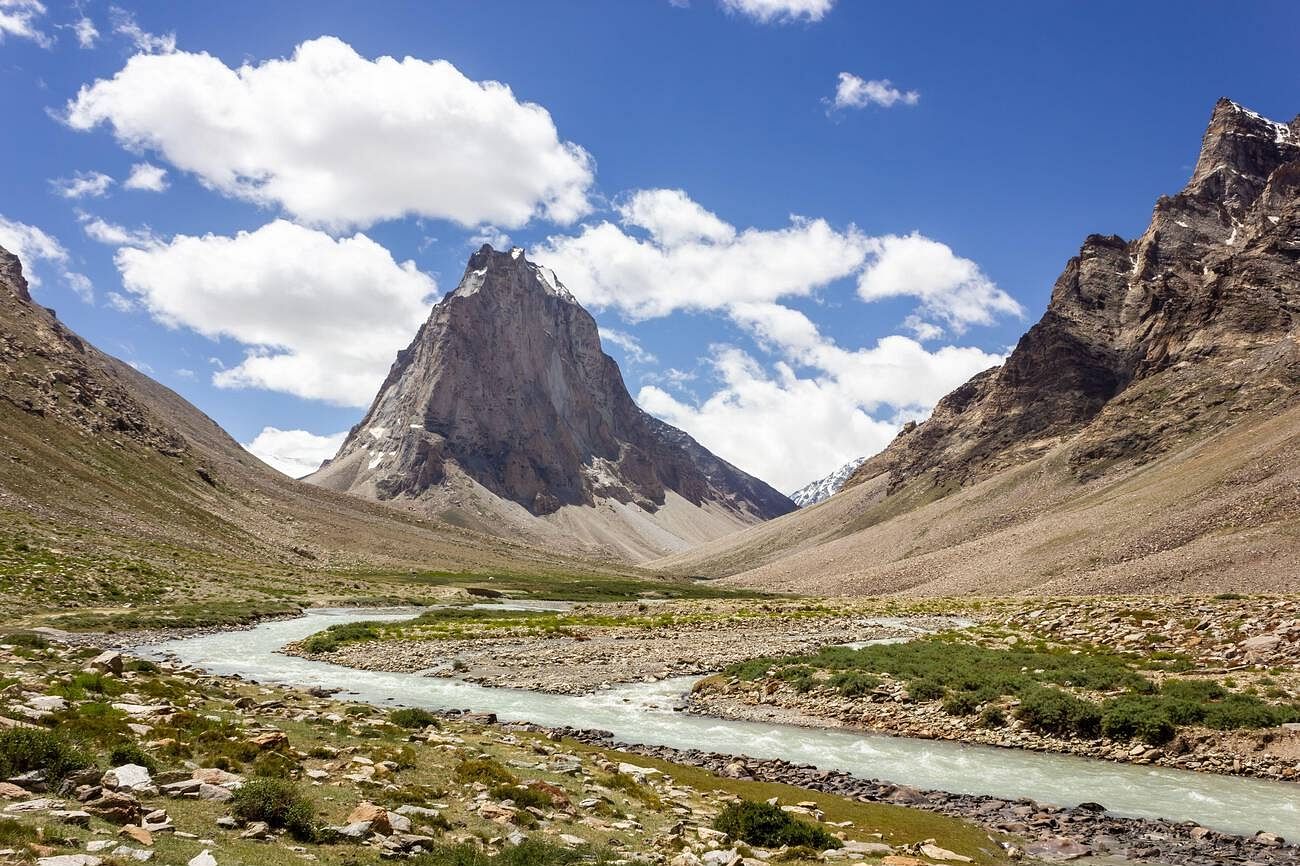
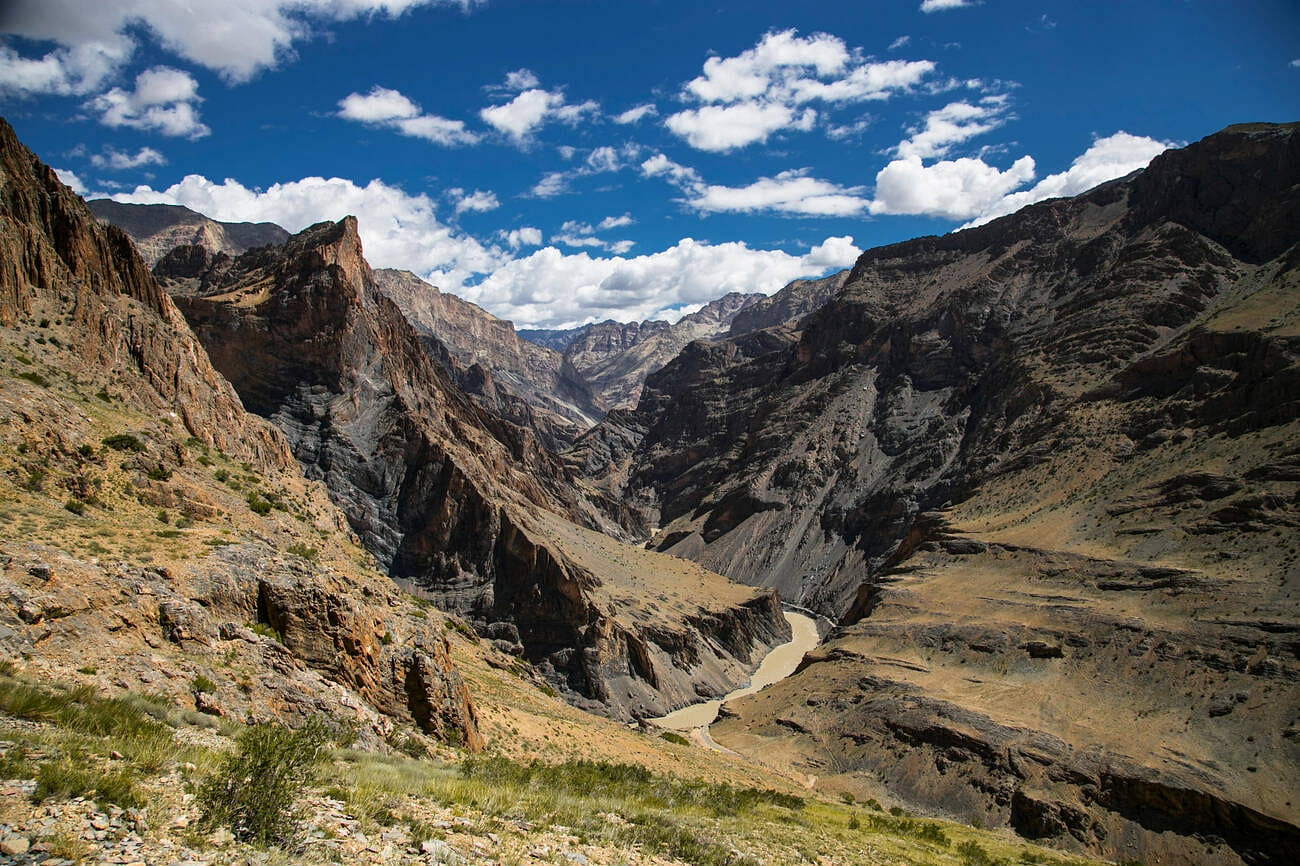
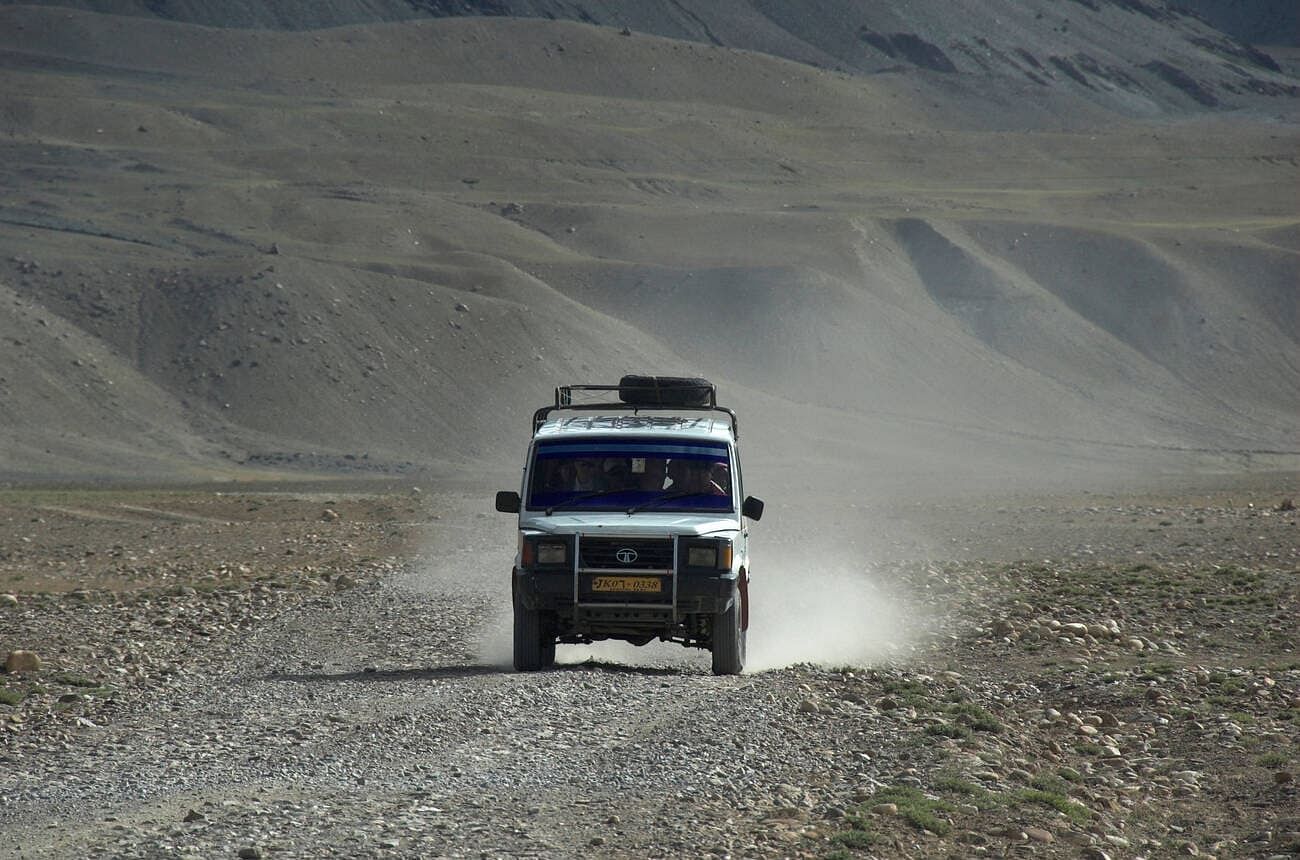
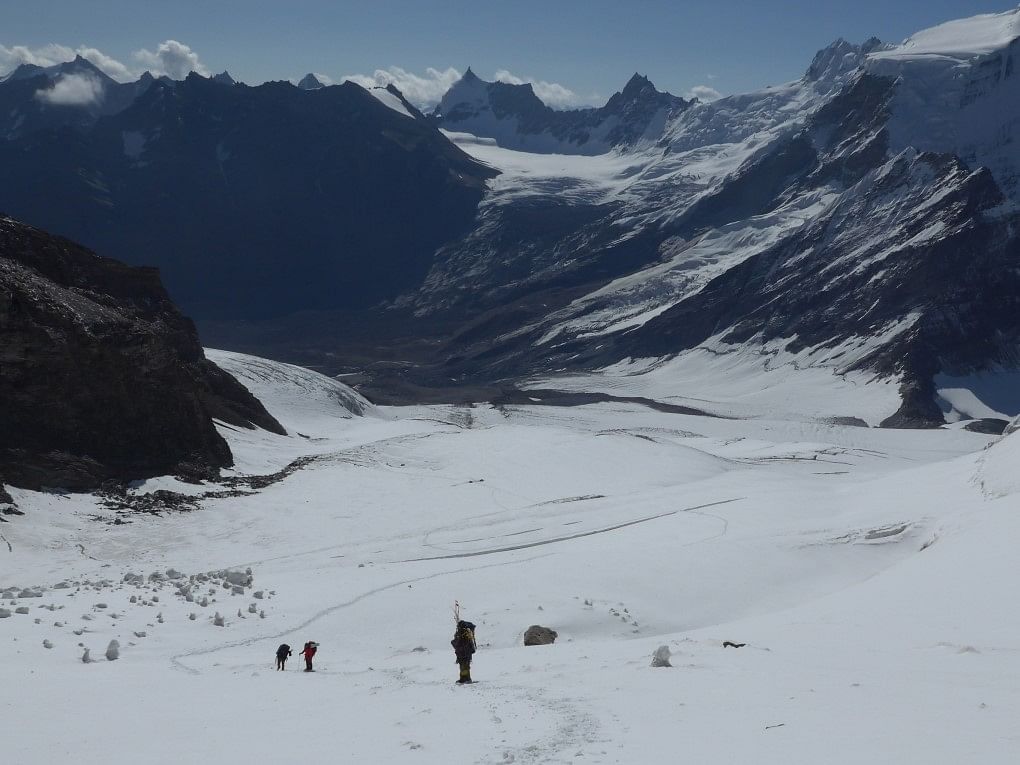
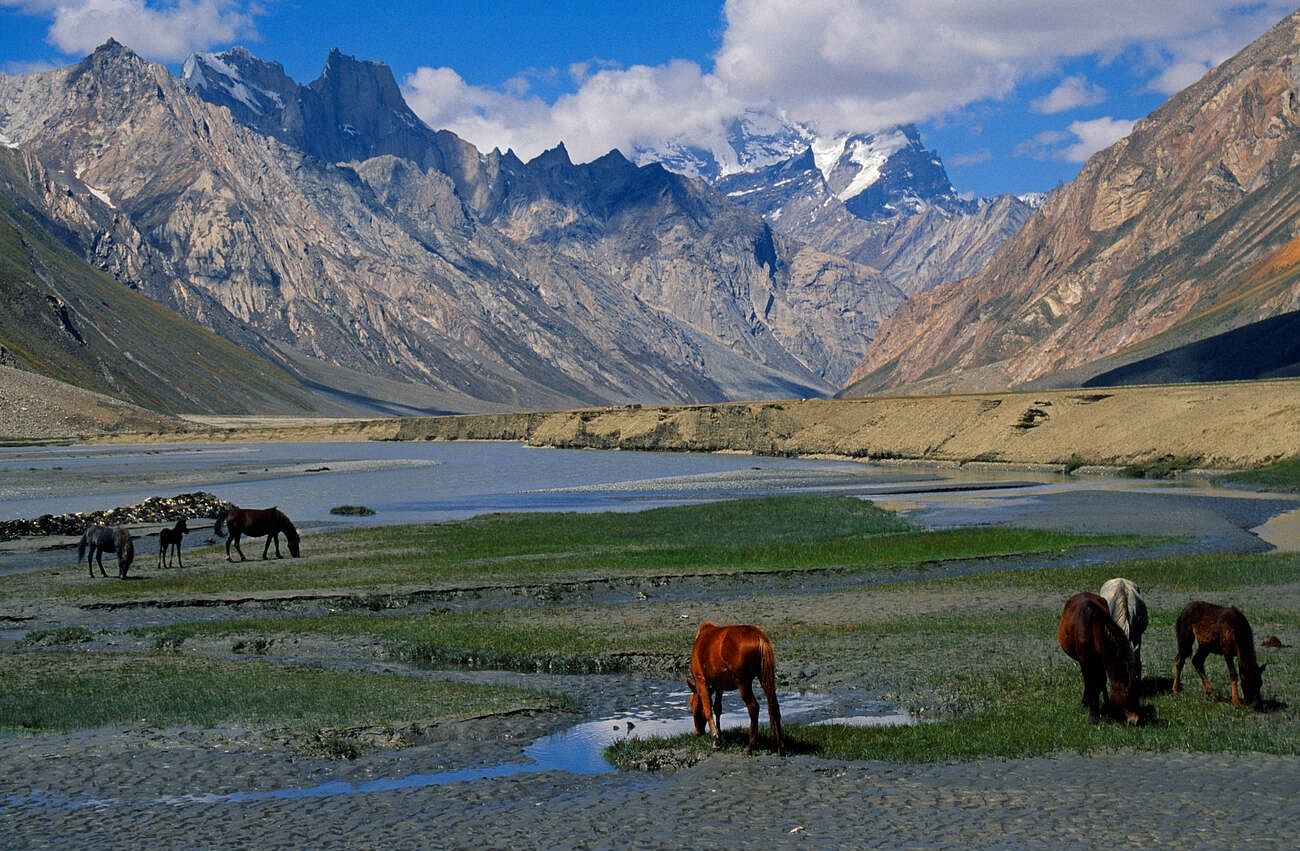
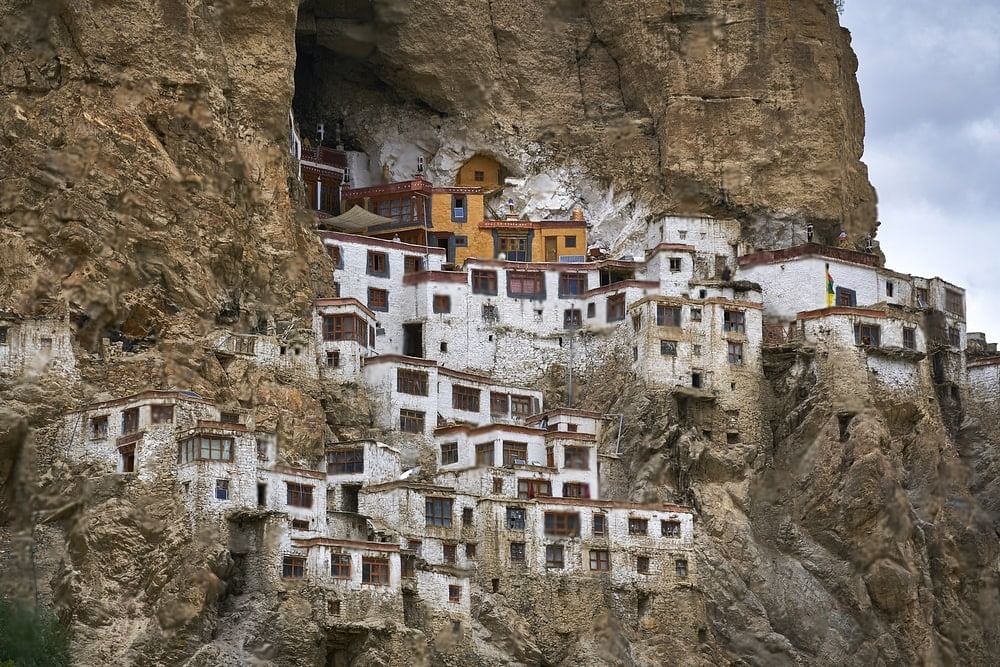
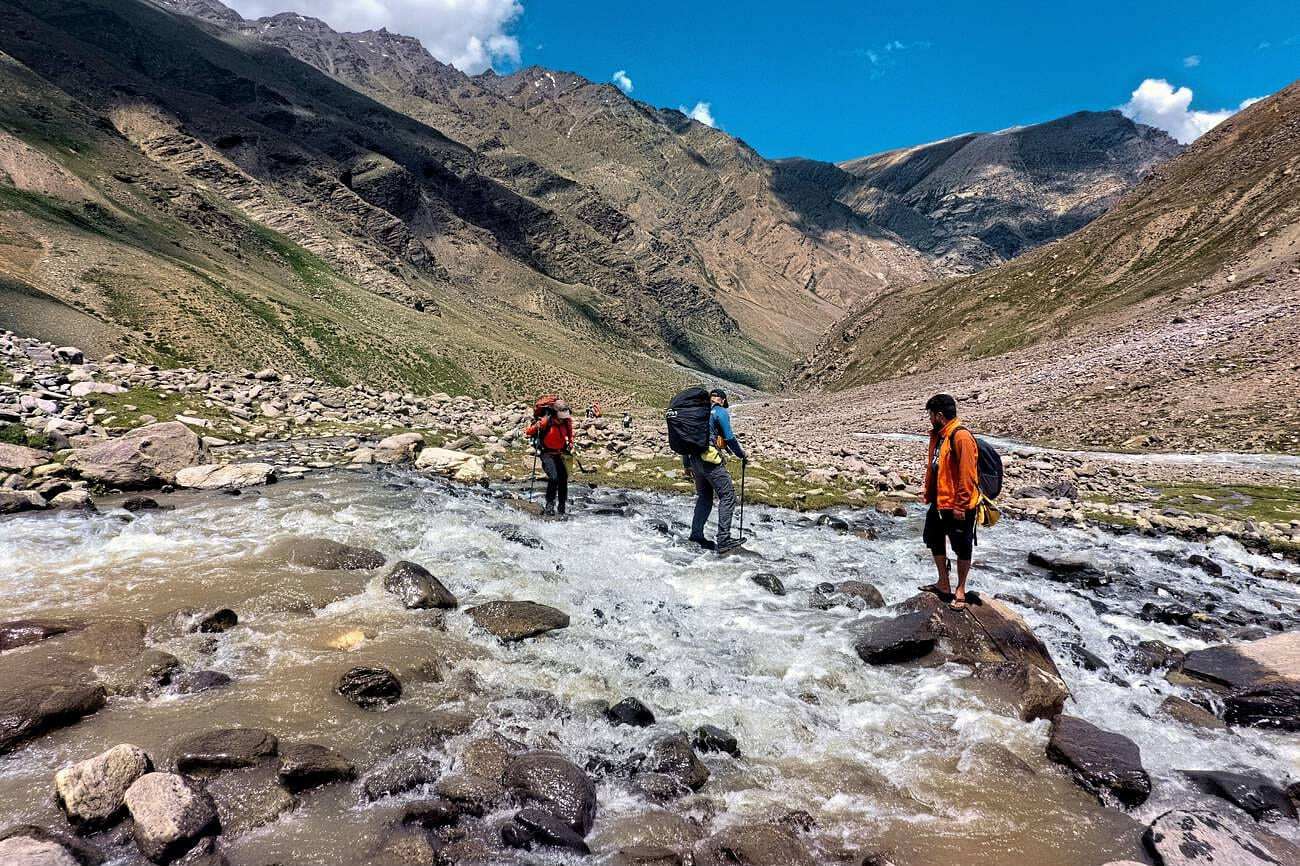
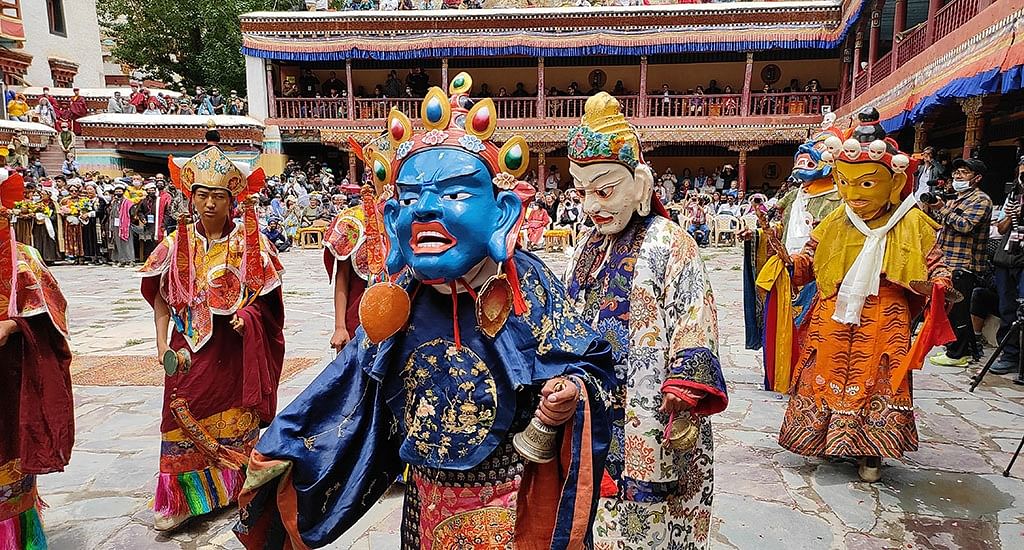
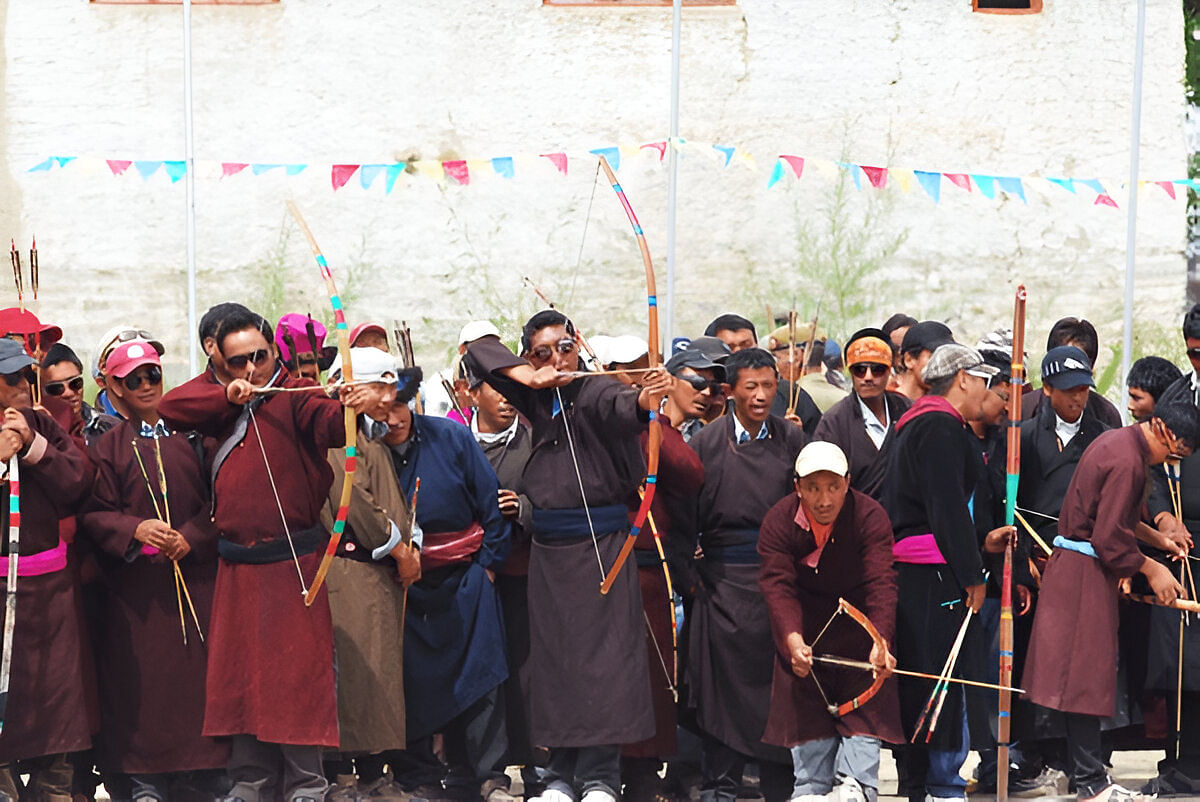
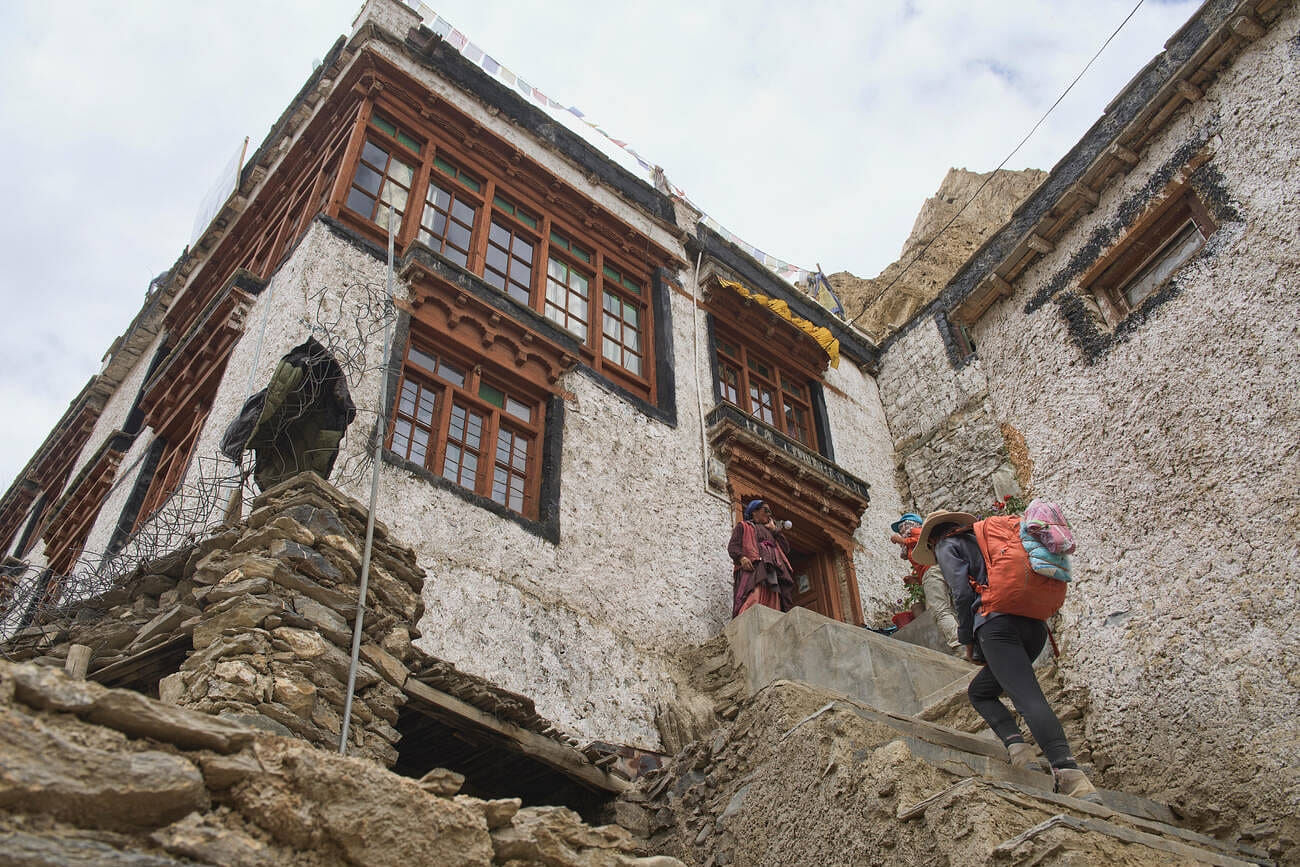
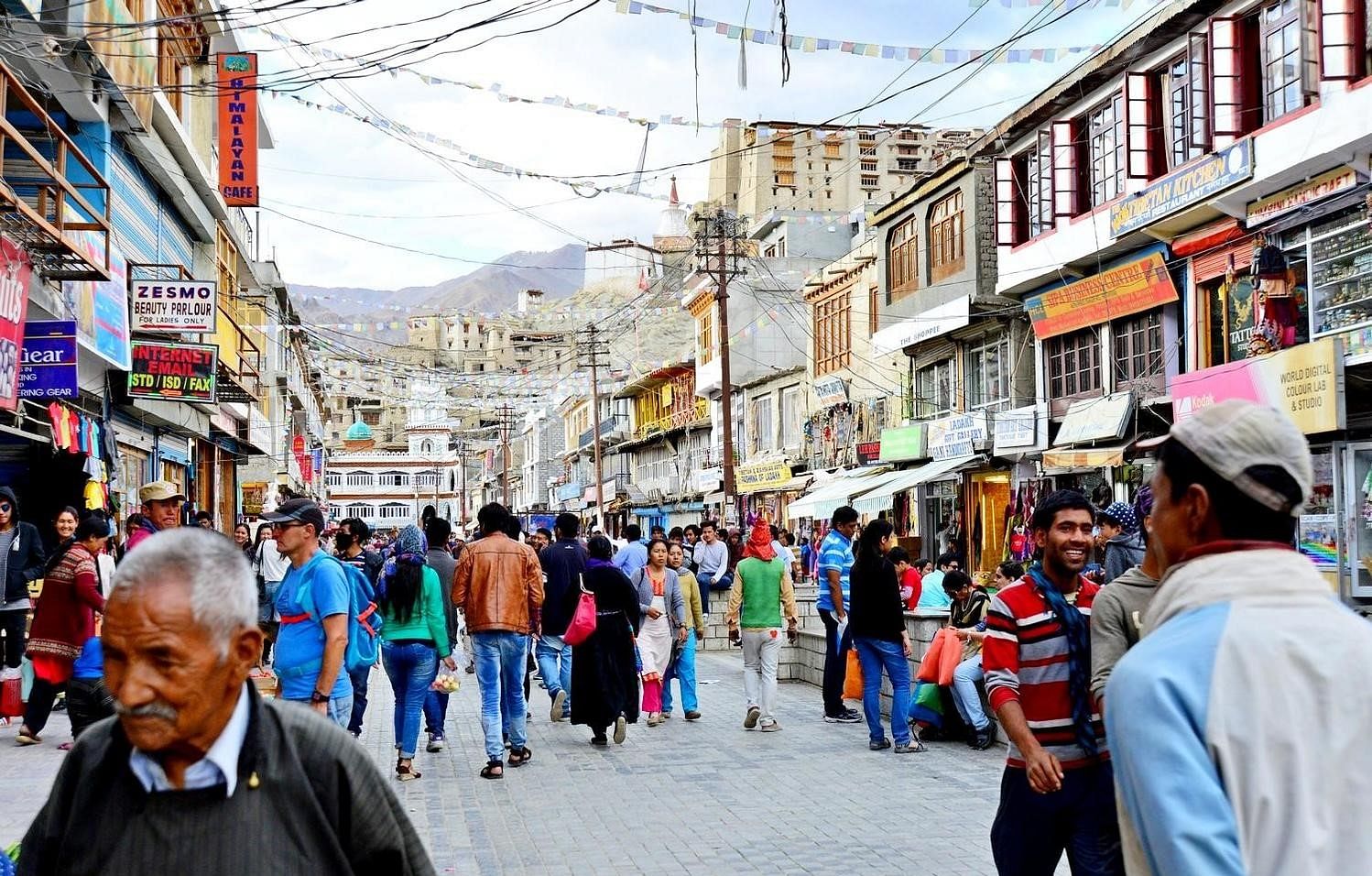
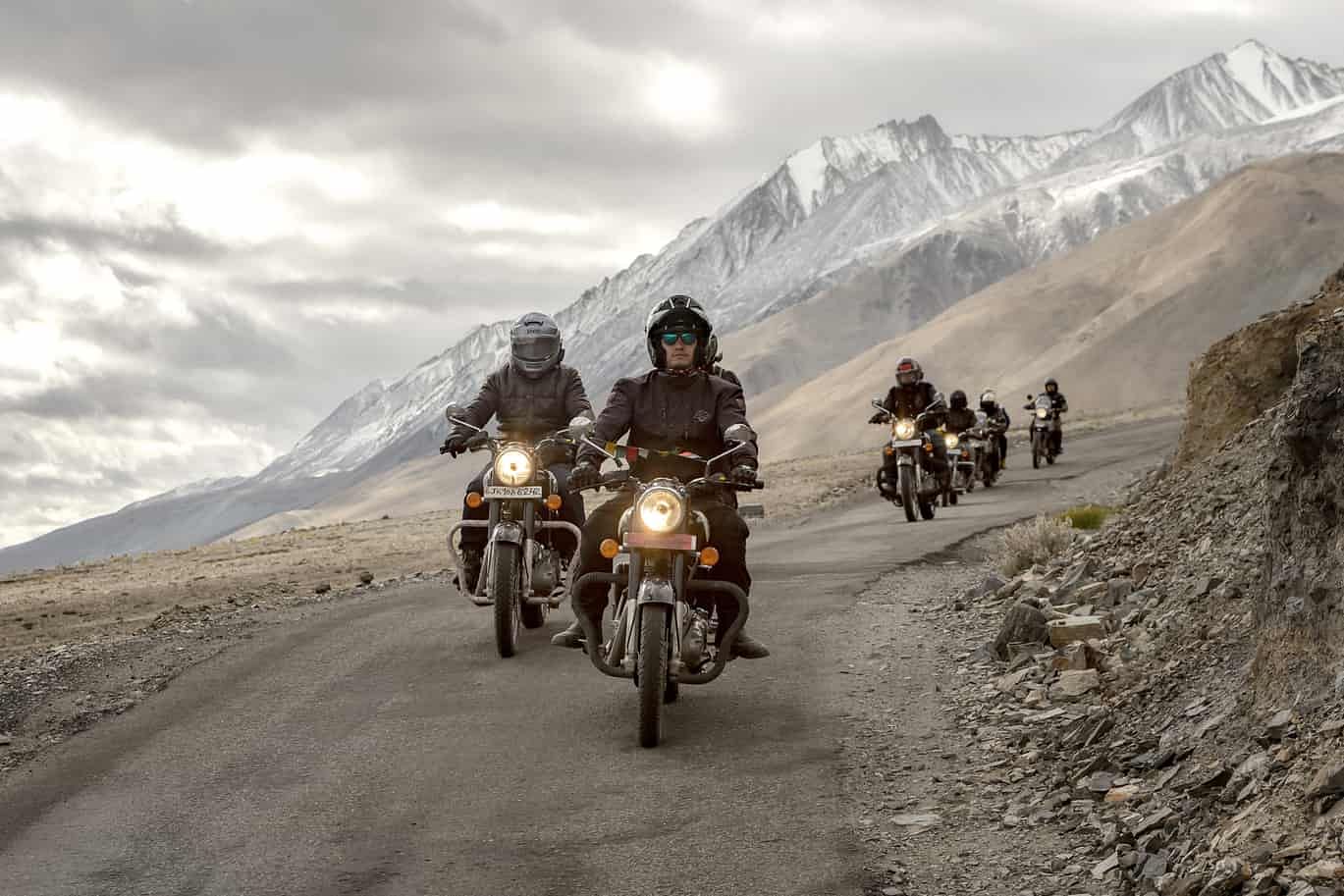
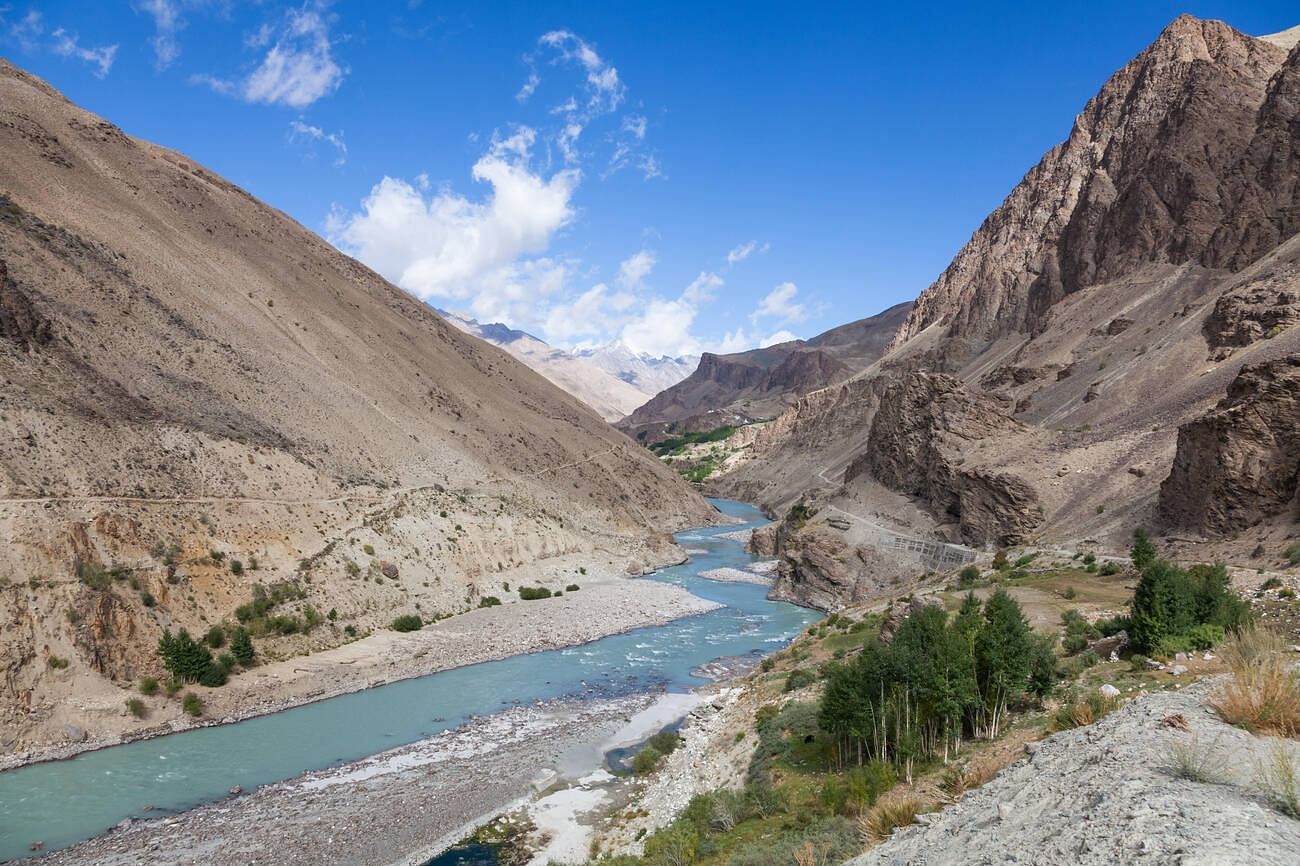
.webp?updatedAt=1744700396004)
.webp?updatedAt=1744700396125)
.webp?updatedAt=1744700396036)
.webp?updatedAt=1744700396120)
.webp?updatedAt=1744700396009)
.webp?updatedAt=1744700396037)
.webp?updatedAt=1744700396035)
.webp?updatedAt=1744700396092)